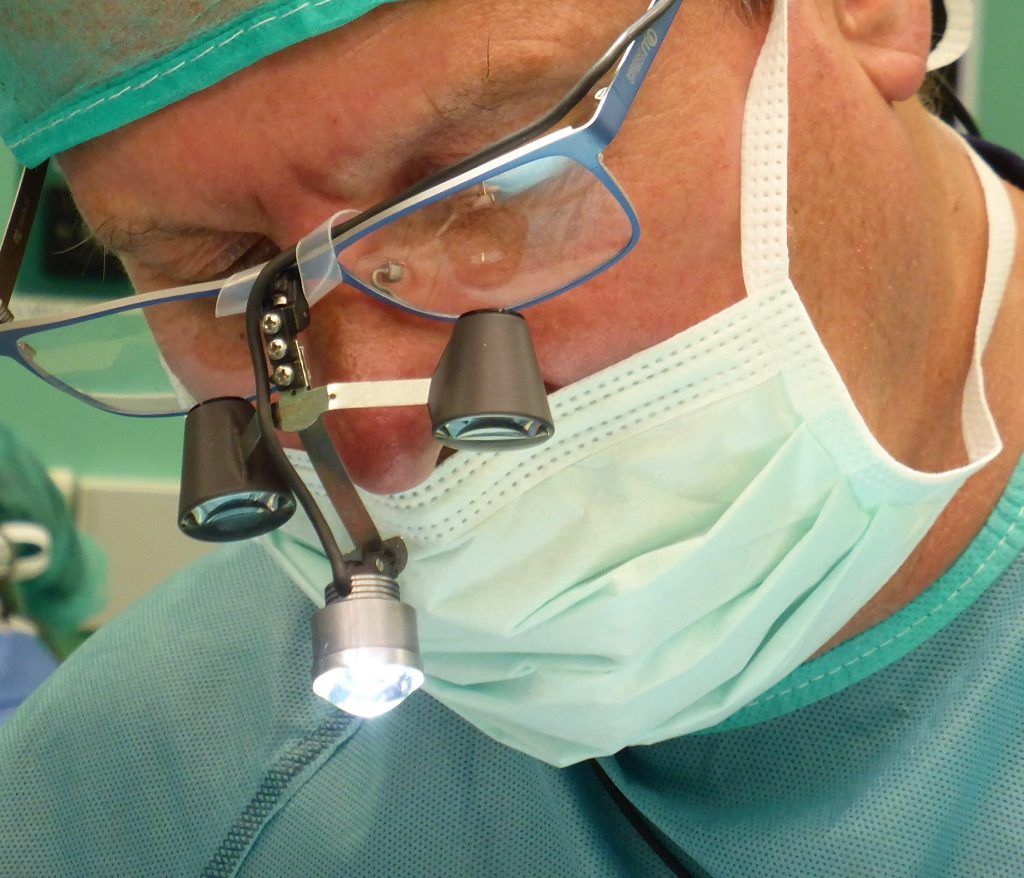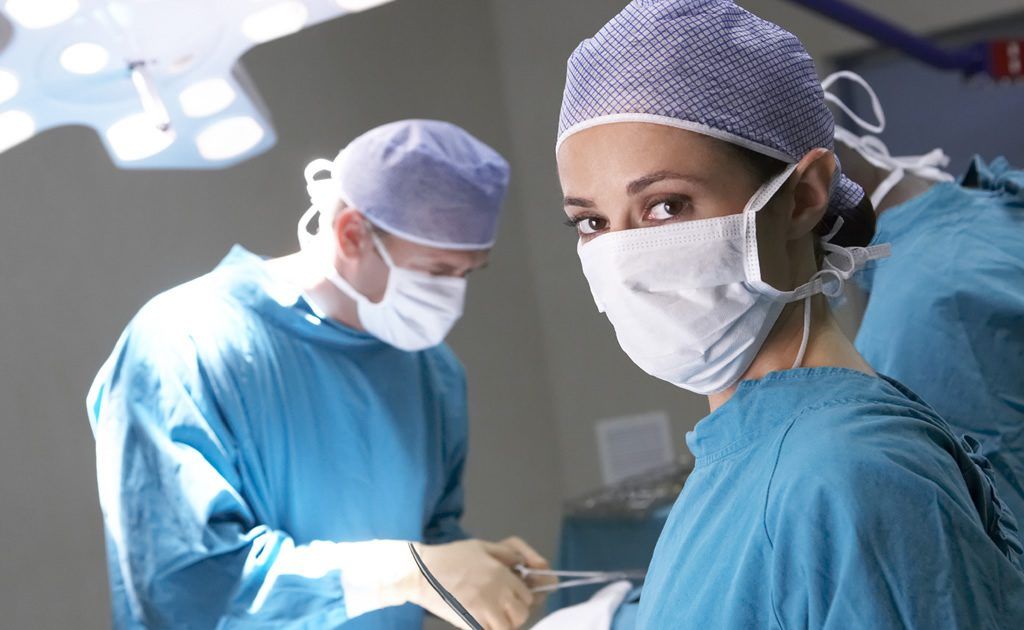About Rhinoplasty
Rhinoplasty (commonly referred to as a “nose job “) is a cosmetic surgery that involves resizing or reshaping the nose. Airway problems due to the deviation of skeletal structures are also be corrected at this operation. Over the past decade, rhinoplasty has become one of the most commonly performed aesthetic surgeries in Europe and the world.
Rhinoplasty can be considered one of the most complex and challenging procedures in cosmetic surgery. The trends over the past decade have shifted away from reduction or division of the cartilage framework of the nose to conserving the native anatomy and augmenting deficient areas to restore balance and structural support.
Primary refers to first – time nasal surgery, whether for cosmetic or functional purposes, as opposed to secondary rhinoplasty, which indicates the patient has had one or more previous surgeries.
Primary rhinoplasty involves removing excess bone or cartilage, augmenting deficient areas and altering the internal nasal structures, thereby improving the structural support of the nose. The final changes may be subtle or dramatic, depending on the needs of the patient.
Primary Rhinoplasty has two major approaches : CLOSED (internal approach) and OPEN (external approach). In the Closed, the nose is approached via an internal incision ( no external visible scars). The surgeon works on the internal nasal structures through this approach. In the Open Rhinoplasty, a very small external incision is made on the columella to open the nose. Most scars resulting from the open rhinoplasty are usually favourable, very rarely conspicuous. This technique allows the surgeon to visualise most areas of the nose and facilitates the procedure, especially in secondary and difficult cases. This approach gives the surgeon a three-dimensional view of the nose, which helps to reorganise the nasal structures.


Secondary Rhinoplasty
Secondary (revision) Rhinoplasty is a very specialised area in rhinoplasty surgery. It corrects the inferior results and addresses the size, width, profile, tip and nasal asymmetry from the previous surgeries. It also helps to redress the problem of breathing, as a result of the structural failure in the nose. Secondary surgery many times involves augmentation of the nose. Autografts from the rib or ear cartilage are usually preferred by most surgeons, as they have the least amount of complications.
It is very important to know the patient’s expectations from the surgery, and in return know the surgeon’s goals. At the end of a consultation, the patient and surgeon come to a conclusion as to what areas of the nose need to be dealt with and if he/she is the right candidate for rhinoplasty.
Final results depend on the surgeon’s experience and patient desires . Patients with realistic expectations are likely to be more happy at the end. Thus, it is important to understand the patient’s needs and then let them know if the final result can be achieved or they should hold off the surgery. Also, patients with different skin types, will show different end results.
Want to discover more about Rhinoplasty Society of Europe?

